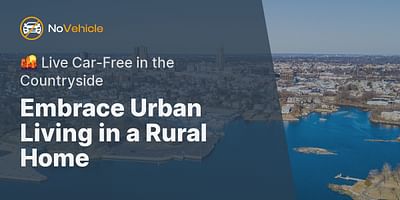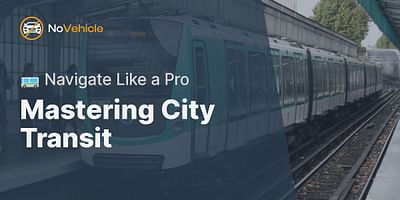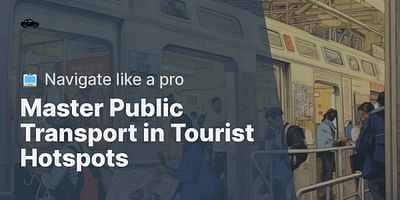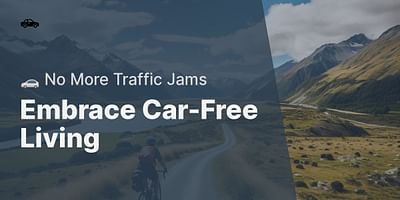Zoe is a writer and environmental activist who is passionate about sustainable living and reducing her carbon footprint. She has been living a car-free lifestyle for several years and enjoys exploring new destinations by foot, bike, and public transportation.
Hey there! It's Zoe here, your friendly car-free living enthusiast. I'm here to shed some light on why public transportation isn't as popular in America as it is in some other parts of the world. Let's dive in!
1. Car Culture: America has a long-standing love affair with cars. From the iconic road trips to the convenience of having your own vehicle, cars have become deeply ingrained in our culture. This has led to a preference for personal transportation over public options.
2. Lack of Infrastructure: Unlike some other countries, America has historically focused more on building highways and roads rather than investing in robust public transportation systems. This has created a transportation landscape that heavily relies on cars, making it less convenient for people to choose public transportation.
3. Limited Coverage: Public transportation networks in America often have limited coverage, especially in suburban and rural areas. This makes it challenging for people living outside major cities to rely solely on public transportation for their daily commute or travel needs.
4. Inefficient Routes and Schedules: Public transportation systems in America sometimes suffer from inefficient routes and schedules. This can make it difficult for people to plan their journeys effectively, leading to frustration and a preference for personal vehicles.
5. Perception of Safety and Comfort: Some people perceive public transportation as less safe or less comfortable compared to traveling in their own cars. This perception can discourage them from using public transportation, even if it might be a more sustainable and cost-effective option.
6. Lack of Awareness and Education: Many Americans simply aren't aware of the benefits of using public transportation or how to navigate the systems effectively. This lack of awareness and education can contribute to low public transportation usage.
While public transportation may not be as popular in America, there are still plenty of benefits to living a car-free lifestyle. By ditching your car, you can reduce your carbon footprint, save money on gas and maintenance, and even improve your physical fitness by walking or biking more.
If you're considering a car-free lifestyle, urban areas are often the best places to start. Cities like New York, San Francisco, and Chicago have well-developed public transportation systems that can take you anywhere you need to go. Plus, they offer a wide range of amenities and attractions within walking or biking distance.
But don't worry, car-free living isn't limited to the concrete jungle. If you're a nature lover, you can still enjoy car-free adventures like beach camping. Look for campgrounds that are accessible by public transportation or consider renting a bike to explore the area.
To improve public transportation usage in America, we need to advocate for better infrastructure, more comprehensive coverage, and improved routes and schedules. By raising awareness and educating others about the benefits of public transportation, we can work towards creating a more sustainable and car-free future.
So, whether you're exploring the bustling streets of a city or embarking on a car-free camping adventure, remember that living without a car is not only possible but also incredibly rewarding. Embrace the freedom, reduce your carbon footprint, and enjoy the journey!
Happy travels!















